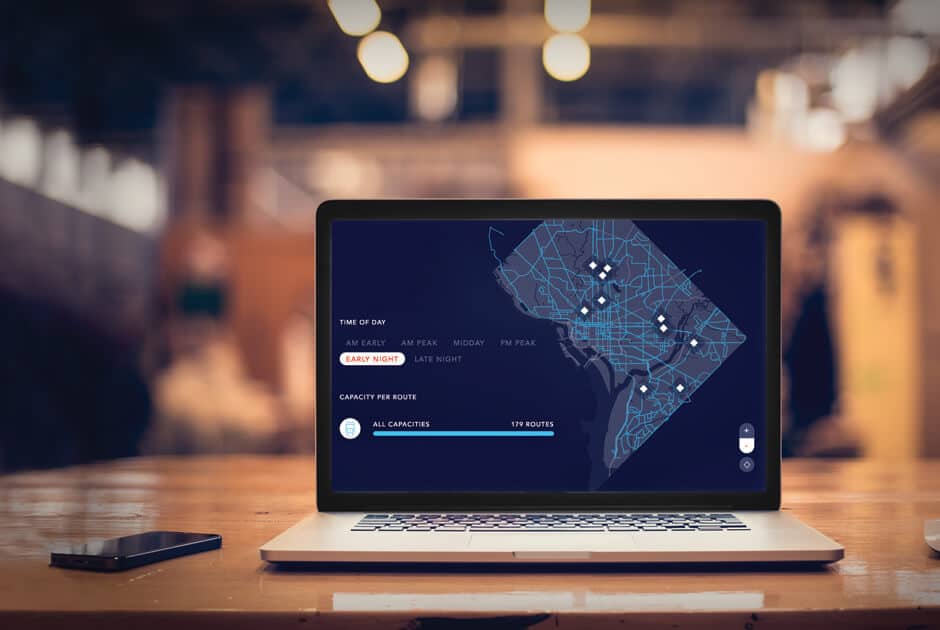Visualization Takes Open Data to the Next Level
- by 7wData

When Stephen Goldsmith was deputy mayor of New York City in 2010 and 2011, the city was working on processes to make data available to the public. “We have now gone from fulfilling that transparency goal, which has its own value, to thinking more fully about open data in its role for creating better community outcomes,” he said. That means considering how a sister agency could use data or how community groups could use it to identify and solve problems in their own neighborhood. “You begin to think about data as driving value, as contrasted to data as transparency for its own sake,” he said. “Then visualization becomes critical. In fact, data without visualization is barely open data at all.” Goldsmith, who is now a professor of practice of government at the Harvard Kennedy School and director of the Innovations in American Government Program, pointed to Los Angeles’ GeoHub as an example of a site whose purpose is organizing data around what is most important to a city, which is location. He sees the open data maturity model following a similar path to the growth of e-government itself — it starts focused on one narrow goal, and then gradually becomes part and parcel of how government operates. Government Technology took an in-depth look at five interactive sites that give both government agencies and their constituents fresh views of their data. We also interviewed the developers about the thinking behind their creation.
If a neighborhood association in Pittsburgh is concerned about gang activity, its members can now map data about graffiti and crimes such as car break-ins using a new Web visualization tool called Burgh’s Eye View. Determined to make its open data sets more valuable to residents and community groups, the city’s Analytics and Strategy team used open source tools to create a Web application that offers residents visual representations of everything from crime and other public safety incidents to 311 service requests, building permits and code violations. Data updates refresh the maps every night or even every hour. Burgh’s Eye View comes in two flavors, one that is public-facing and another for city departments with slightly different information. (For instance, in the public version, crime data is made anonymous to the block level for privacy reasons.) The idea actually developed after requests from the police department for better tools. “There was a variety of data coming from non-police sources that could be very useful to the police, including 311 calls,” said Laura Meixell, assistant director of performance improvement in the Department of Innovation and Performance. Officers in the field as well as those in the intelligence unit were interested in getting that non-emergency request data to look at patterns. “Police and other first responders were very interested in data on abandoned buildings and condemnations, as well as places where the Bureau of Building Inspection had identified serious structural issues, so they would know that before entering the building,” she said. The public-facing version was launched in October 2016, and Meixell said her team is building up a constituency via good old-fashioned shoe leather. “I had my whole staff going around with community affairs teams to community meetings,” she said. “If a neighborhood association held a meeting, we would show up and request 15 minutes to give a presentation. We want to help them understand how city data and operations can influence how they do their jobs.” As an example, neighborhood organizations often try to help homeowners with “tangled title” situations, in which many generations of a family might live in a house, but it is unclear who owns it and should pay taxes. “Neighborhood organizations have had success with that and their work can be driven by data we have,” she said. The site already has more than 10,000 users.
[Social9_Share class=”s9-widget-wrapper”]
Upcoming Events
Evolving Your Data Architecture for Trustworthy Generative AI
18 April 2024
5 PM CET – 6 PM CET
Read MoreShift Difficult Problems Left with Graph Analysis on Streaming Data
29 April 2024
12 PM ET – 1 PM ET
Read More




